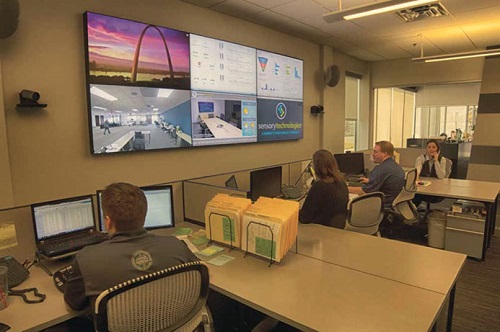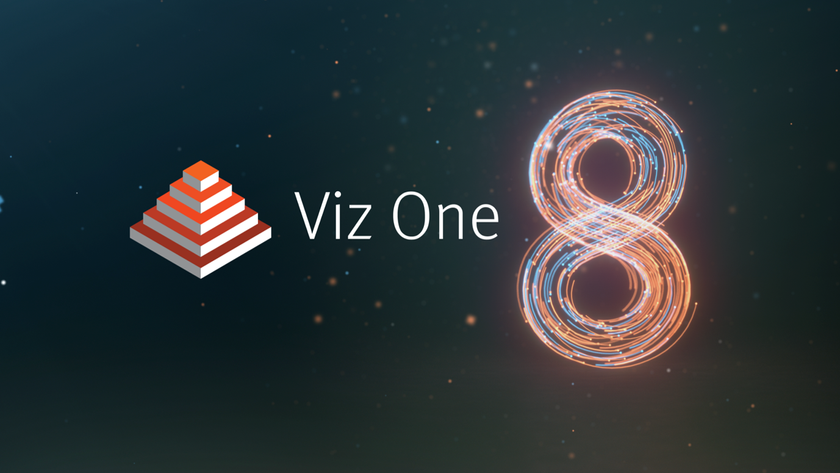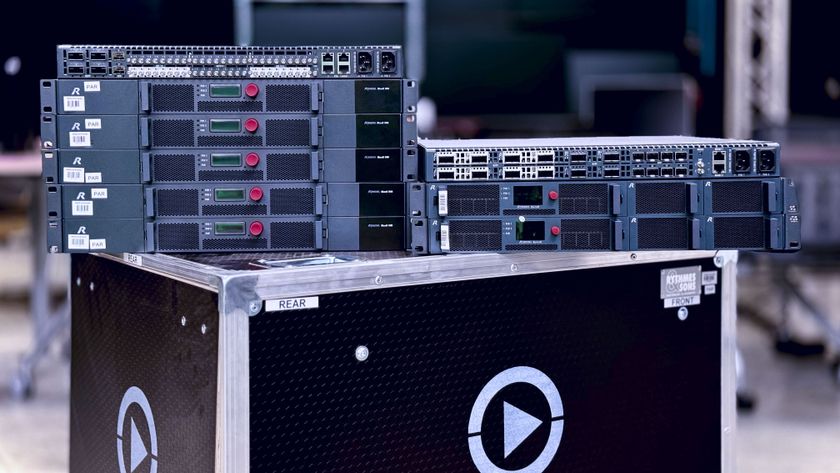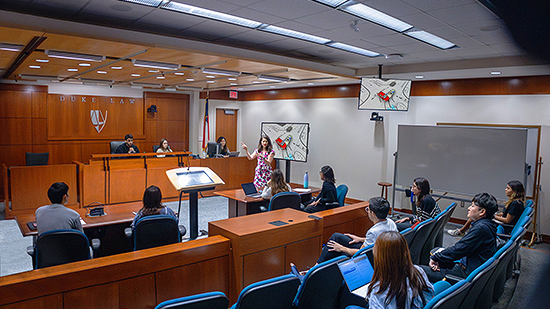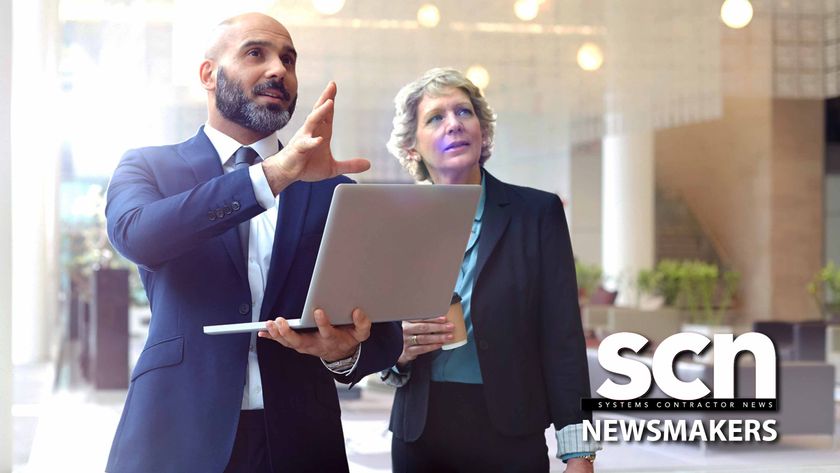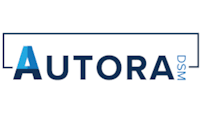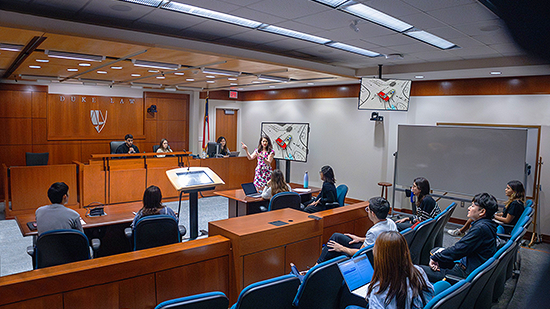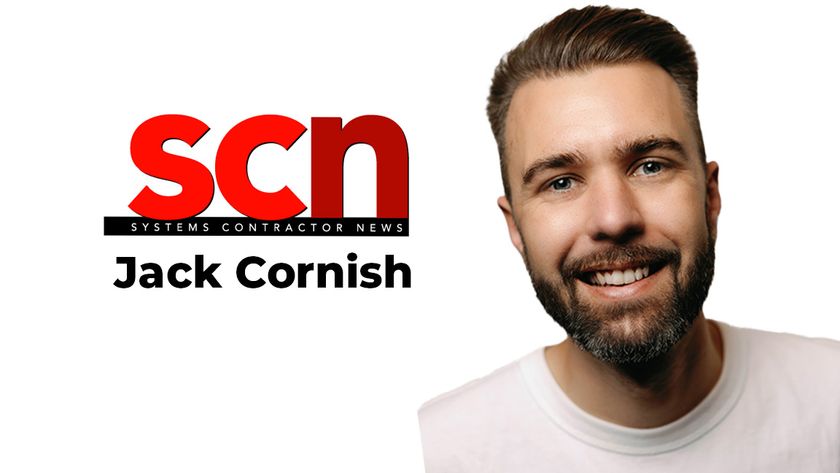Sensory Technologies’ help desk was transitioned into offering 24-hour support in 2013 under a new handle: the Client Solution Center (CSC). Think of it this way: If your projects and installations are the Wow, your service programs are the How.
Building your service business with a help desk, customer training, service contracts, and other programs is salient to success. One size doesn’t fit all. Just as there are trends in AV design and advances in product development, the service landscape can shift as your business grows, with added caveats and benefits.
Here we provide a look at several companies that have various service offerings and how they incorporated them into their businesses.
On-Site Staffing Services
In addition to other service offerings such as its Solutions On-Boarding Team and the new Advanced Connect Service, Advanced AV ’s on-site staffing and remote monitoring services have helped the company grow in personnel, increased revenue, and customer base expansion, said Chris Turner, services account executive.
“All of our domestic and international on-site staffing services begin with a needs assessment with the client. This allows us to tailor the staffing solution to meet the client’s needs and expectations. There is no ‘one solution’ when it comes to staffing, as each client has their own set of expectations.”
Where one client may want one general Level I AV/VTC technician who can do basic meeting setups, another client may require a Level II or Level III technician with a solid background in networking and equipment repair, he noted. “Our goal is to ensure that we can meet the needs of all clients.”
Their program is unique in its ability and willingness to remain flexible, making it easy to find the right technician for the client. “We liken our on-site staffing services to a concierge ‘white glove’ service where we maintain a feedback loop with the client to ensure that we can continue to review and revise deliverables as their needs change throughout the life of the agreement,” Turner explained.
The staffing services have been shaped by clients’ experiences with technology and technology services. “Our clients have kept us informed on what has and hasn’t worked with their past staffing solutions,” he added. “We’ve also used our feedback loop with clients to shape our program and offerings.”
One benefit integrators should consider when launching on-site staffing is a better understanding of client issues. On-site staff members are the first line of communication between the client and the integration team, Turner noted. “Staff members should utilize relationship to the best of their abilities and gather any information pertinent to future installations or future services.”
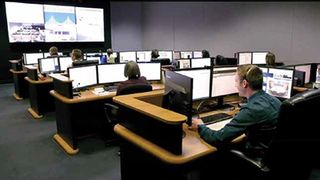
AVI-SPL’s Unify ME suite of managed services provides the company with a stream of high-margin recurring revenue.
Another advantage is the reduction of meeting interruptions due to technology failures. “An experienced on-site technician will be able to troubleshoot and implement a workaround if there are technology issues in a room, saving precious meeting time and reducing both calls to the help desk and the need for service calls.”
Trends in service programs include a push for a Solutions On-Boarding Team. “Ours is involved in the handover from a project close to the client end user, Turner said. “The team will stay at the client site for a period of 30, 60, or 90 days, to train and create documentation for the on-site staffing team. This training and documentation helps to establish confidence on the use of the equipment, which is something we often have found missing.”
Client Solution Center
Sensory Technologies has had a help desk since its inception, although it was not until 2013 that the desk was transitioned into offering 24-hour support under a new handle: the Client Solution Center (CSC).
“This one-of-a-kind CSC merges traditional help desk and video network operations center (VNOC) services with higher-level consultative processes,” said Derek Paquin, principal. “The term ‘help desk’ suggests a quick fix in reaction to an immediate problem. Sometimes, that’s unavoidable, but it’s not our preferred mode of operation.”
Sensory Technologies views its client partnerships with an eye to the future, he explained. “We want to offer a long-term road map for success, and proactively help our clients be better than they think they can be. We are committed to this way of thinking, and the expansion of our company and creation of a CSC is a concrete representation of that philosophy.”
Although the decision to create a unique corporate division focused on client solutions is part of a long-term, multifaceted, strategic vision, this emphasis was prompted by exponential global growth in managed visual collaboration services. “The CSC cloud-based services feature telepresence bring-your- own-device (BYOD ) bridging, digital signage, streaming and archiving, immersive collaboration, and on-site and remote diagnostic support,” Paquin noted.
The transition from a reactive help desk methodology to a proactive CSC methodology has not been without challenges, he acknowledged. “We have discovered that this transition requires a different way of thinking, executing, and managing asset reliability. We have expedited our learning through significant internal and external training. This focus has reinforced our culture and is making a positive impact within all areas of our company.”
Customer Service and Training
Kim Mortensen, Johnathan Hasserd, and Brooks Wood are on a mission. The Beacon Communications service manager, director of service, and CIO , in that order, are dedicated to exceptional customer service.
“We keep in mind that every time we speak with our customers we are presented with opportunities to assist them,” Wood said. “In addition to teamwork, our core values, part of our culture, include customer service that is aimed at providing the right solution for the customer and for the company, integrity in approaching work situations with honesty in maintaining the best interests of the company and customers, and communication with respect to achieve a mutual understanding.”
Beacon’s customer service and support is distinctive because it offers cradle-to-grave services from the onset of a project until it becomes time to replace the systems. These include wire installation, structured cable and IT support, testing, and training over the lifetime of a system.
“Our overall sales have increased 20 percent in the last two years,” Wood noted. “Our training program has assisted with that growth. Our service contracts grew 551 percent over the same time period. The simple fact is that if that end-user knows the capabilities of the systems and how to use them properly, it reduces overall service calls and customer complaints. We have made it a requirement to have customer training as part of every new installation and highly encourage that our customers have all new employees go through training. We also believe in training the trainer.”
The team’s rationale, he said, is that if a customer understands how to use a product, he or she will have fewer problems and complaints. “In fact, if the product lives up to the promises we made, they become an advocate for our services and products. I t also gives us more face time with our end-users, allowing us to create relationships and communicate effectively. This makes for a happy and repeat customer.”
Service Contracts/Preventative Maintenance Programs
At Onsite AV Service Partners, the service maintenance approach has proved to be a strong factor in company growth, keeping them in front of customers on a regular basis and making Onsite the go-to integrator of choice for expansion, upgrades or moves.
Led by a team of owners, Shelly Cox, Jeff Frank, and Karla Samaripa, Onsite has developed an in-house software application that allows its service department, client, and management team to know the status of each contract, service ticket, and preventative maintenance visits at any given time.
“Service history and past service trends are also available to the client at any time,” Samaripa said. “It’s critical that everyone knows or can access that information to keep the communication level of our service offerings top notch. Client and facility information is entered into the system upfront and accurately.”
Onsite’s service/maintenance programs follow a fairly standard methodology of cleaning, calibrating, testing, and verification. “What does make us stand out in the industry is our commitment to the fulfillment of our stated obligations,” she added. “Preventative maintenance visits are timely, reports get sent, equipment gets repaired or replaced, and response timelines are adhered to.”
The benefits of offering annual service contracts include the relationships developed from the trust built in servicing existing or new systems as well as the return revenue generated. “One caveat,” she cautioned, “is that a year’s service and repair obligations may exceeds that year’s revenue. A nother is that all parties need to fully understand the service contract coverage and limitations. If the client is expecting more than is required by the contract, the relationship with the client may be harmed instead of enhanced.”
Managed Services
As AVI -SPL developed its managed service strategy, it was important to make sure that the traditional AV aspects of its customers’ environments as well as the growing videoconferencing components were supported.
“We developed our Unify ME suite of managed services through a combination of acquisitions, internal development, and attracting some of the industry’s leading experts,” said Mike Brandofino, executive vice president, video and unified communications. “The result is what we believe to be the most comprehensive and flexible services capabilities from staff augmentation to cloud-based video meeting room services.”
The team includes many industry veterans, he explained, including a number holding patents related to managed services and collaboration technology. “The combined experience of our team has enabled us to bypass many of the pitfalls companies face when trying to build managed service offerings,” he said. “There are many aspects to building a service that must be available 24/7. You must have the right workflow tools, proper staffing, redundancy, infrastructure equipment, and applications that all blend together seamlessly to enable you to deliver the best service possible.”
The allure of a high-margin recurring revenue stream makes managed service offerings very attractive, Brandofino explained. “However, two people in a server room do not make a managed service. Many companies make the mistake of trying to sell managed services without having the capacity or experience to actually deliver it and this in turn can affect their core business in the process.”
Karen Mitchell is a freelance writer living in Boulder, CO.
